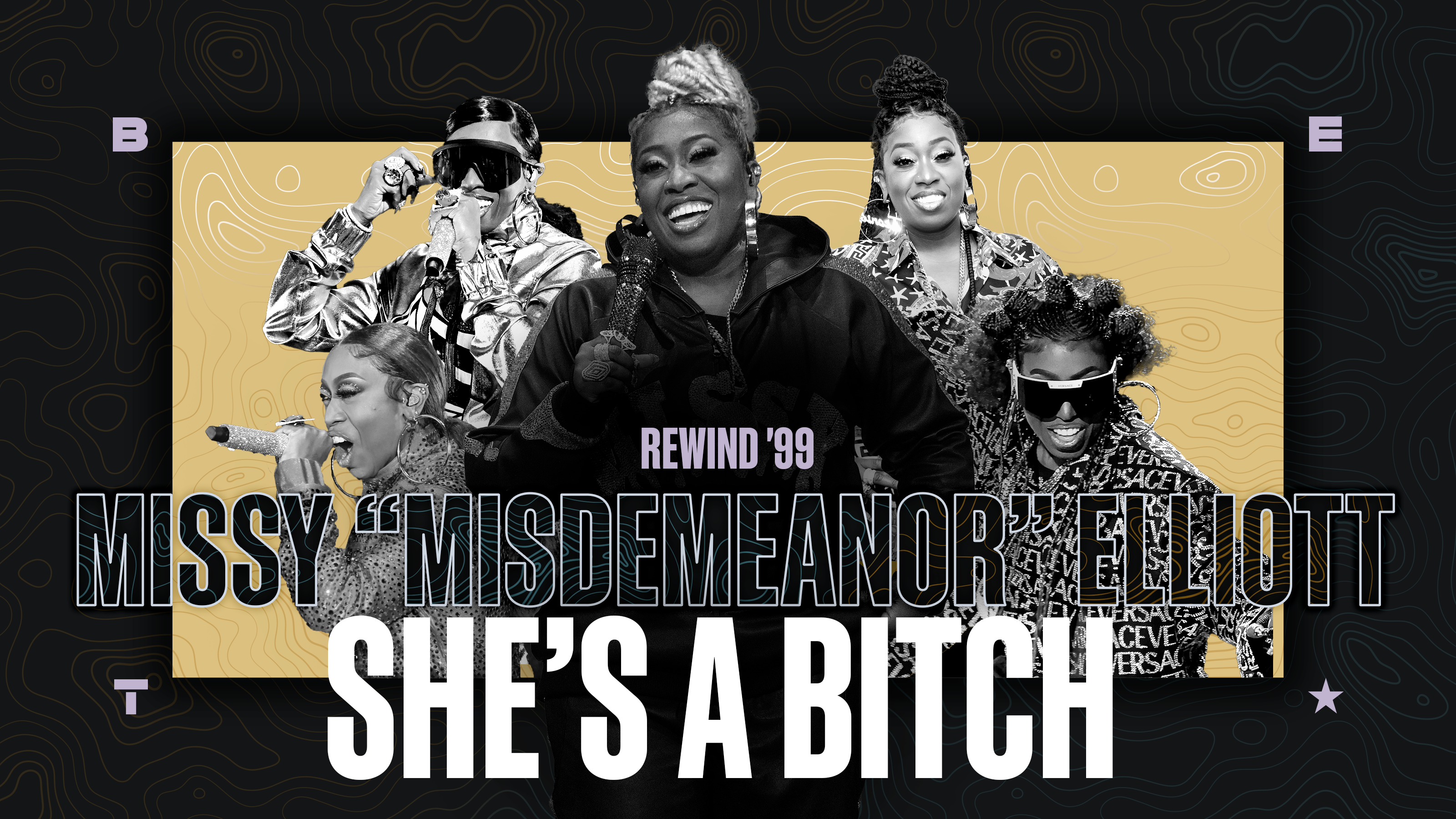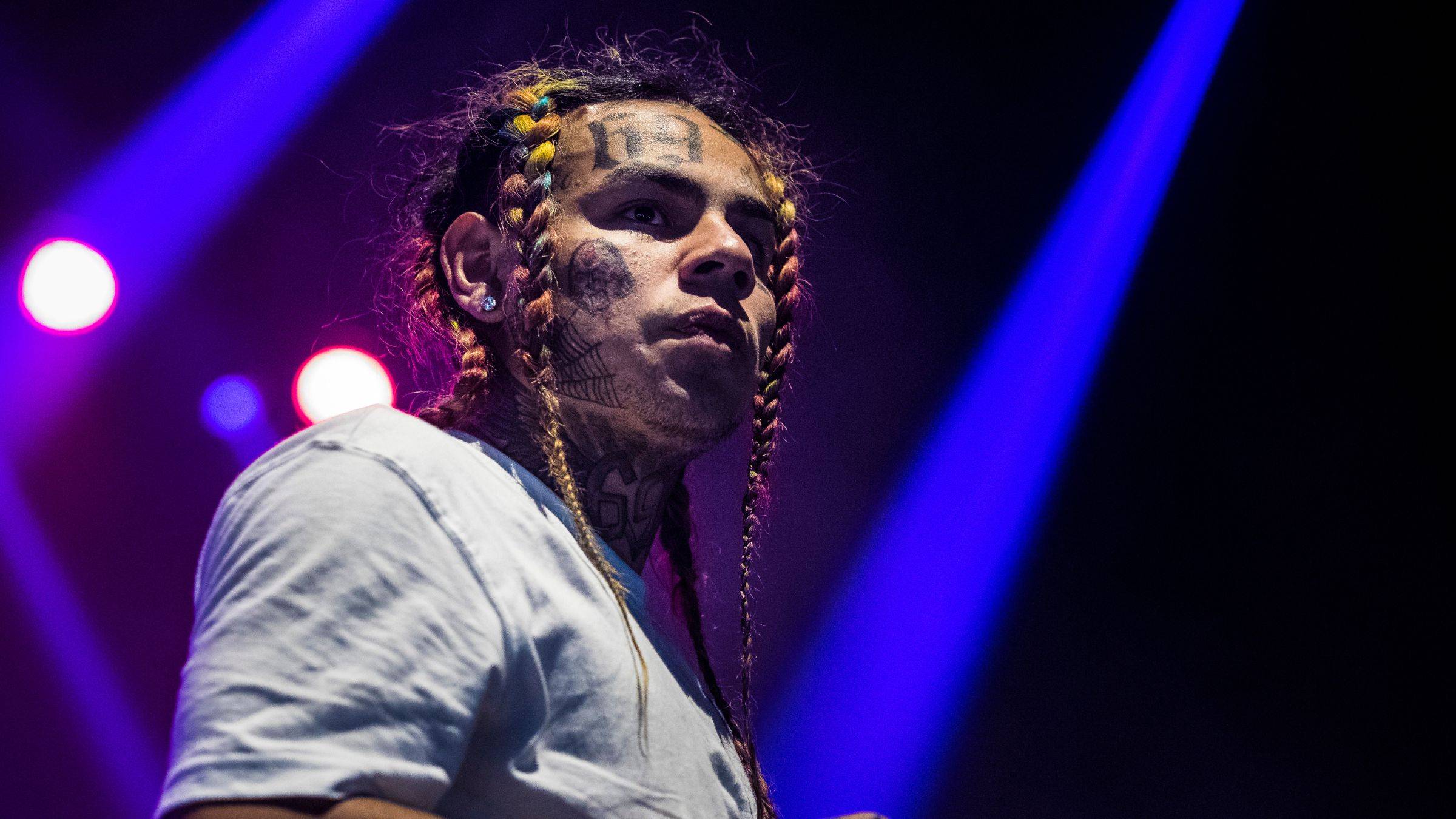BET Goes Pink: Mastectomies

We all heard the news a few weeks ago: Curb Your Enthusiasm star Wanda Sykes disclosed that she had breast cancer and had a double mastectomy.
When the actress went to receive a breast reduction, her lab work showed that she had a stage zero cancer called DCIS (ductal carcinoma in situ). Her doctors suggested that she receive a bilateral mastectomy, or a double mastectomy, to reduce her chance of developing cancer.
Sykes public disclosure brings into the light the fact that many of us don't even know what a mastectomy is and why it’s performed on women with breast cancer.
A mastectomy is a surgery that removes all of the fatty tissue from the breast as a way to treat breast cancer. For some women, removing the whole breast gives them a sense of relief and provides a greater peace of mind about reducing the risk of their cancer coming back. After a mastectomy, some radiation therapy may still be needed, but not every patient is prescribed chemotherapy.
Receiving this procedure means that you permanently lose your breasts. But you can have reconstructive surgery performed later on.
According to Mayo Clinic, a mastectomy is most commonly performed on women with:
— Ductal carcinoma in situ (DCIS)
—Stages 1 and 2 (early-stage) breast cancer
—Stage 3 (locally advanced) breast cancer
— Inflammatory breast cancer (after therapy to reduce skin swelling and inflammation)
— Paget's disease of the breast
— Locally recurrent breast cancer
— Phyllodes tumor
Your doctor may also suggest a mastectomy if:
— You have two or more tumors in separate areas of the breast.
— You have widespread or malignant-appearing calcium deposits (microcalcifications) throughout the breast.
— You've previously had radiation treatment to the breast region.
— You're pregnant and radiation creates an unacceptable risk to your unborn child.
—You've had lumpectomy, but cancer is still present.
—You carry a gene mutation that gives you a high risk of developing a second cancer in your breast.
Some women who do not have breast cancer, but have a family history of the disease or are at high risk might opt to receive a mastectomy as a preventive measure against the disease.
It's really important to know that a mastectomy is not the only option in dealing with breast cancer. Many women with early-stage breast cancer can also choose to have a lumpectomy, where only the tumor is removed from the breast. Deciding which one is best for you is a conversation that needs to happen between you and your doctor.
(Photo: Michael Buckner/Getty Images)





